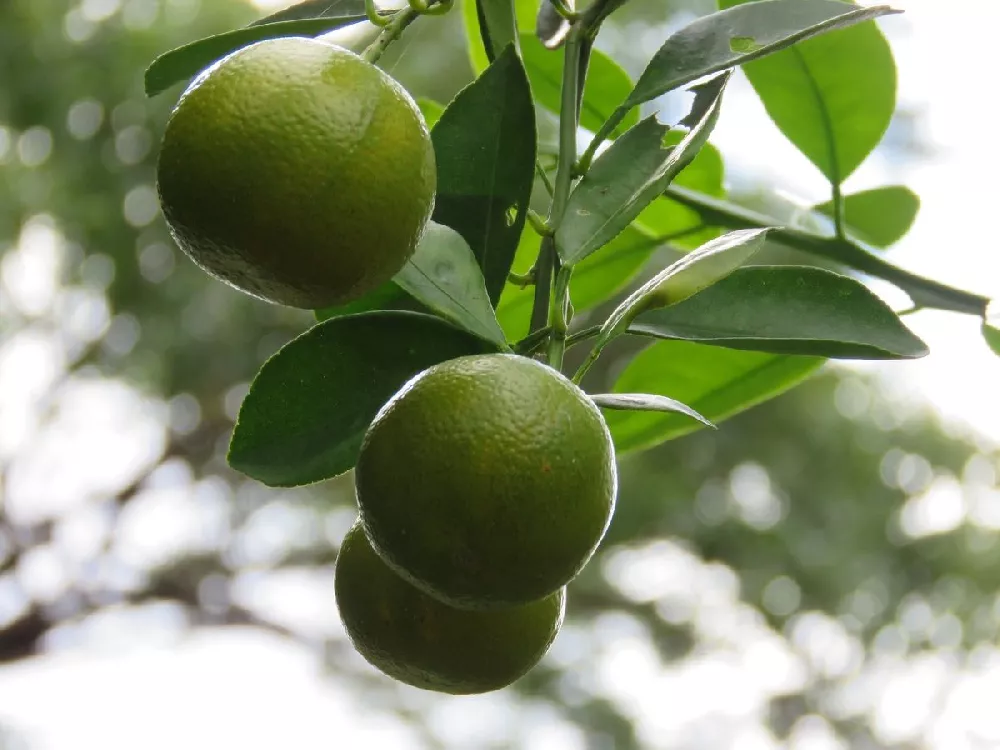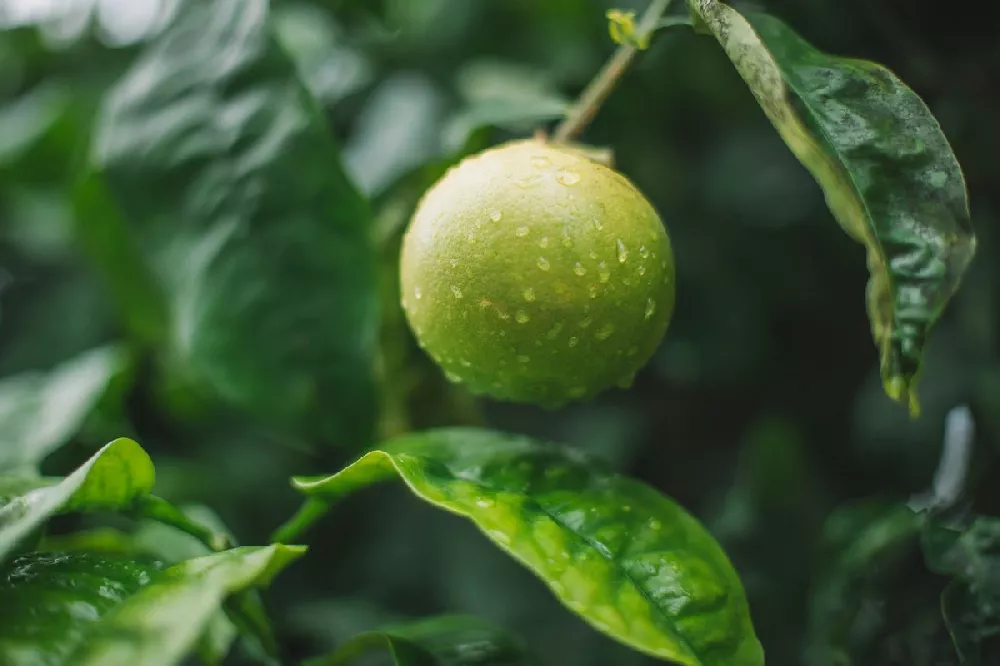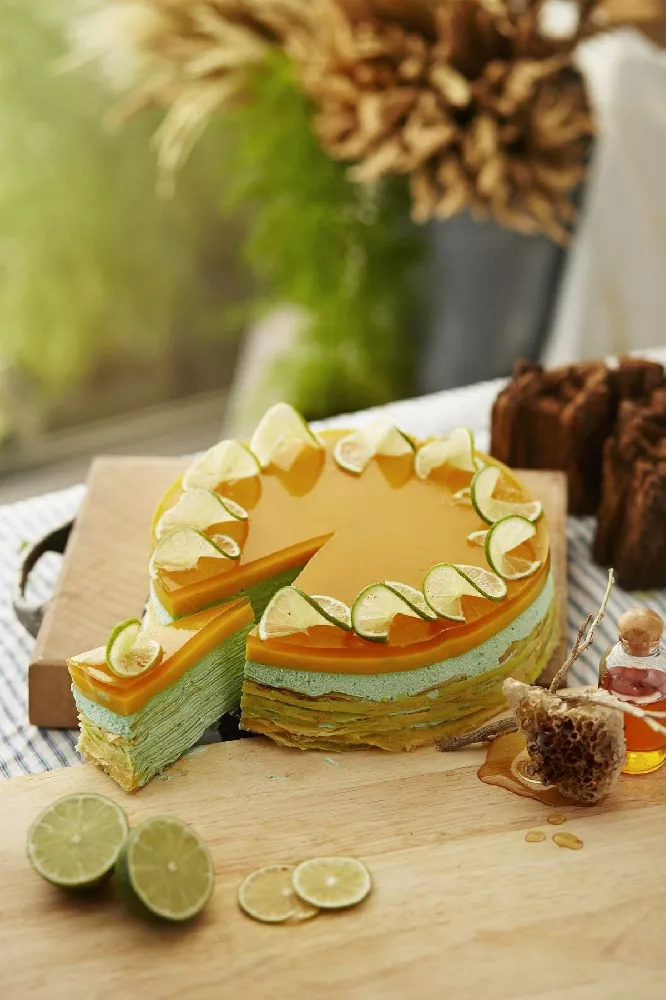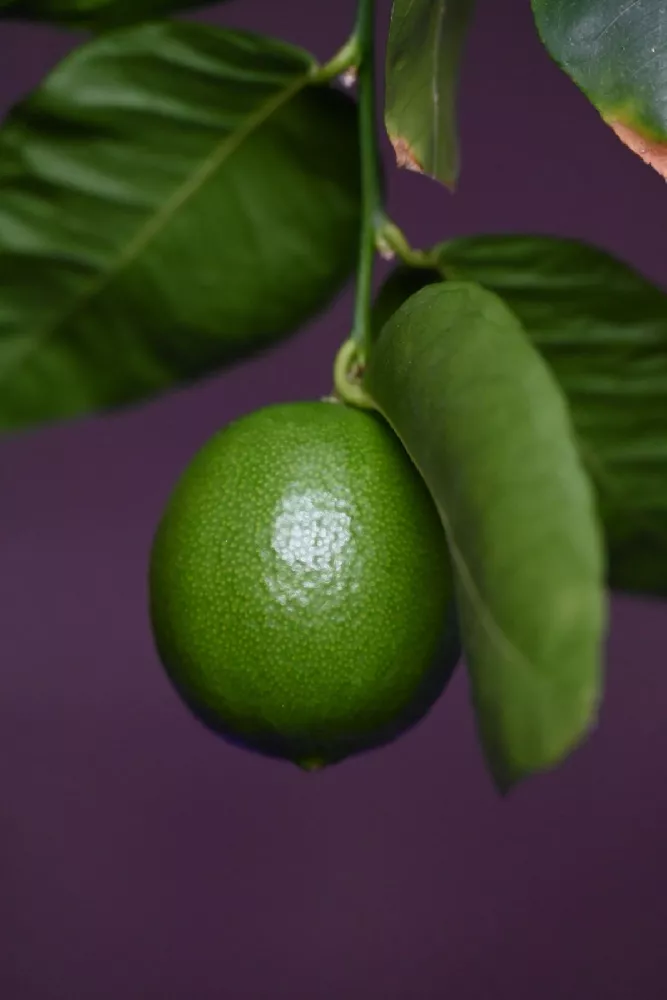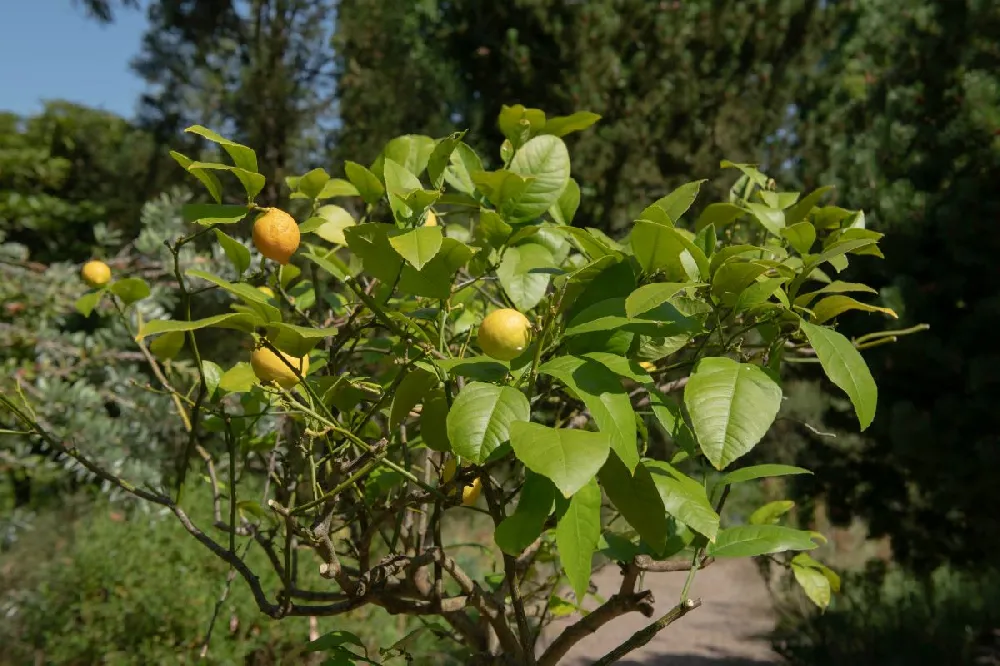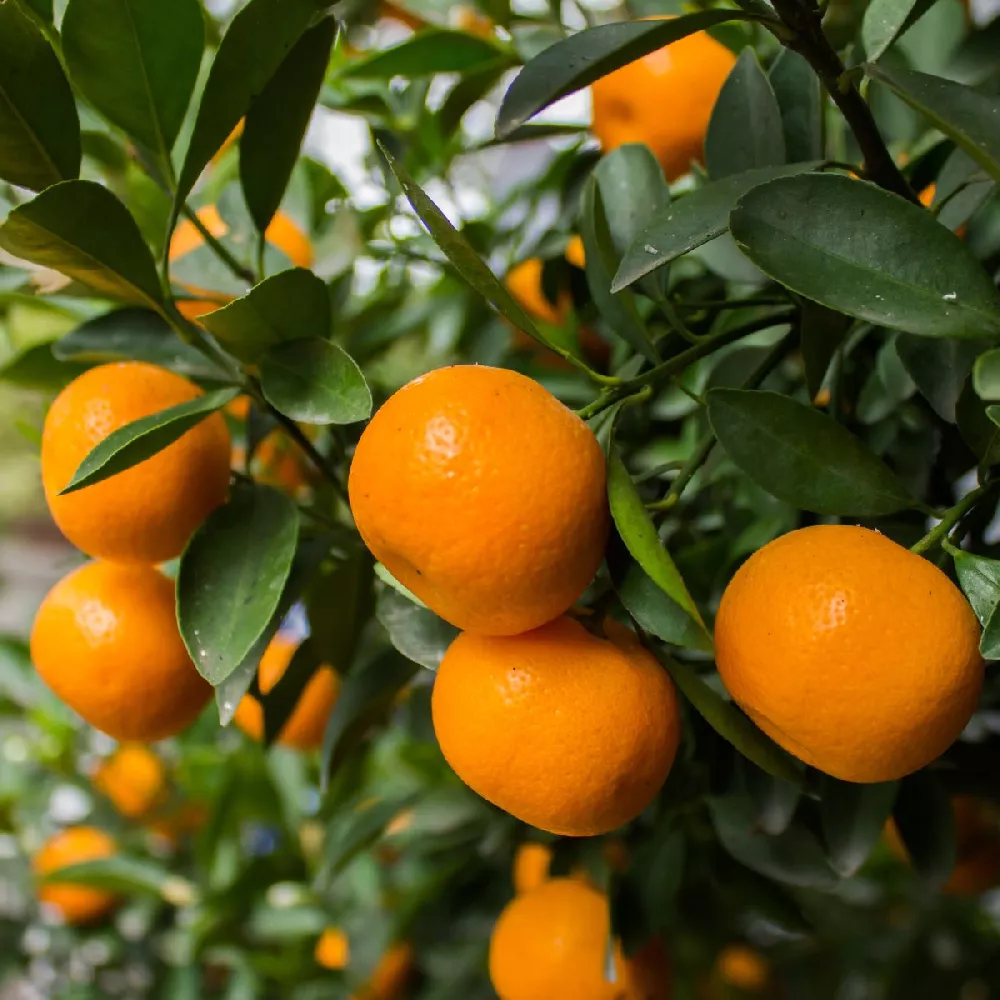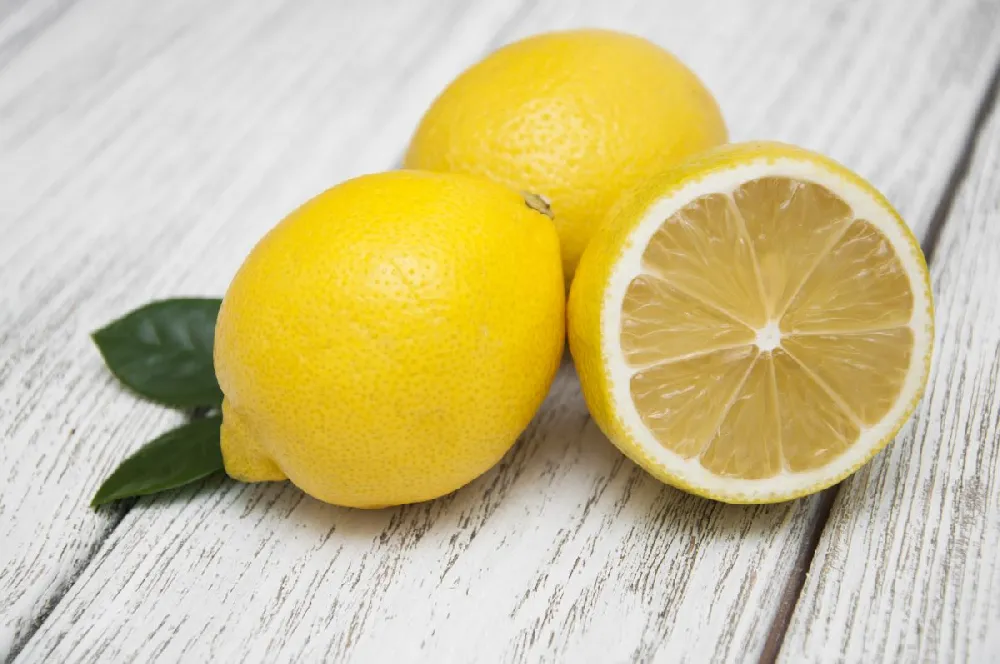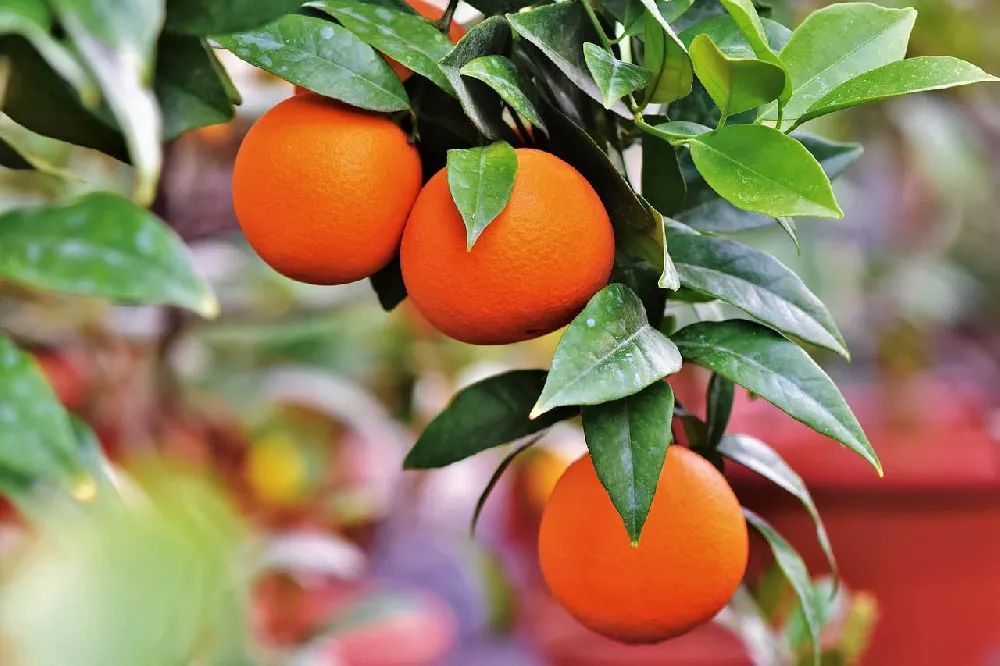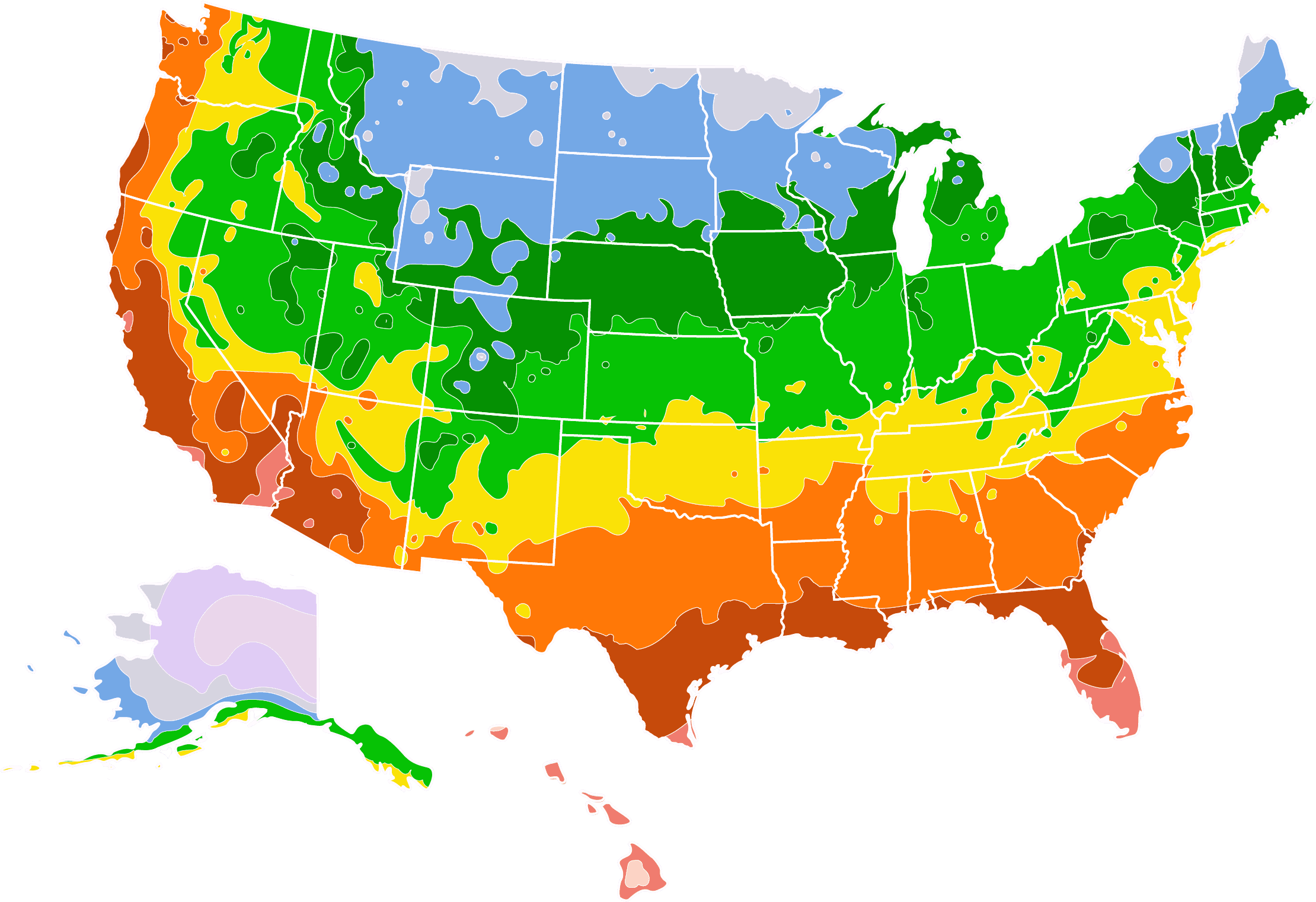- Home >
- Fruit Trees >
- Key Lime Tree - USDA Organic
Key Lime Tree - USDA Organic for Sale - Buying & Growing Guide
If you love the taste of Key lime, then you should know that there is little standing in your way of growing some of your own in your garden. The Key Lime Tree, or Citrus aurantifolia, is a small woody plant that can grow well in containers and will reward you with plenty of fruits if you give it the correct care. Along with producing an ample harvest, this small tree is also quite attractive with its deep green leaves and small white flowers.
- The Key Lime Tree produces plenty of delicious Key limes every year.
- This tree is small enough to fit well in a container.
- The Key Lime Tree has small white flowers with yellow centers.
Enter your zip code to find nearby stores that may carry this plant.
Plant Care
Sunlight

The Key Lime Tree can grow in partial shade but often performs best in full sunlight locations.
Watering
You should water your Key Lime Tree whenever you notice that the first few inches of soil have dried out.
Fertilizing

Feed this plant about once per month during the growing season using a citrus-specific fertilizer.
Planting and Care
Planting instructions
Although this plant survives in partial shade settings, it performs best when it receives full sun. The Key Lime Tree also grows best in soils that have great drainage. If you live in zone eight or warmer, you should plant your Key Lime Tree in a container that is wide and allows for good drainage and bring it indoors during the cold weather months. Those in warmer regions can plant this tree in a hole that is as deep as the root ball is tall and about twice as wide.
Watering and nutrients
Typically, the Key Lime Tree needs a relatively high volume of water throughout its life. During the establishment period, you should water this plant often enough to maintain consistent soil moisture. After establishment, you can water whenever you notice that the first two inches of soil have dried out. Often this means watering once per week or once every two weeks. For the best results, you should apply a citrus-specific fertilizer, or one that is high in nitrogen, about once per month during the growing season.
Pollination
The Key Lime Tree is a self-fertile species, meaning that a single plant is capable of producing fruits on its own. This plant often relies on flying insects to conduct pollination. However, if you wish to guarantee that pollination takes place, it is often best to perform hand pollination. To do so, wait until the flowers open. Then, use a small paintbrush to manually transfer the pollen from the male flower structures to the female ones.
Pruning
Regular pruning will help keep your Key Lime Tree healthy and as productive as can be. When pruning, use a set of sharp and sterile pruning tools and focus first on removing any branch that is dead, damaged or diseased. After that, you can thin the canopy to ensure proper air circulation and remove any suckers that appear at the base of this plant’s trunk. Pruning can take place at any time of year for this plant.
Pests, diseases, and animals
Like most other citrus plants, the Key Lime Tree can run into several pest and disease issues during its life. Some of the most common pests to harm this tree are leaf miners, scale insects, aphids, citrus thrips, whiteflies and citrus bud mites. Along with those pest issues, infections can also take place. Some of the most prevalent diseases a Key Lime Tree may encounter include black spot, fruit scabbing and canker. The Key Lime Tree can also experience different forms of rot, especially if it lives in poorly draining soils.
Harvesting
The harvest time for a Key Lime Tree can vary from year to year, but it will generally take place any time from late summer to mid-winter. As such, the best way to know when to harvest these fruits is based on visual and physical cues. When a Key Lime fruit is ready for picking, it will have a light-yellow color and a somewhat leathery texture. Notice that not all fruits will mature at the same rate, which means that you should be selective when choosing which limes to pick during the harvest season.
Achieving maximum results
If you are one of the many gardeners who must grow their Key Lime Tree in a container for the sake of overwintering, then you should be ready to transplant this plant when needed. As your plant’s root system expands, it will eventually run out of space in its container. Before this occurs, you should move your Key Lime Tree to a wider container to prevent root binding. Typically, the best time to perform transplanting is during the spring season.
FAQs
Is the Key Lime Tree an evergreen species?
The Key Lime Tree is a broad-leaved evergreen tree species, meaning that it will hold its leaves all year long if it is healthy. If you notice that your Key Lime Tree's leaves have changed color or have begun to drop to the ground, it is likely a sign of disease. With the right growing conditions in place and a proper care routine, the Key Lime Tree's leaves should stay lush and green all year long.
Are Key Lime trees poisonous?
Although the fruits of the Key Lime Tree are safe to eat, the other parts of this plant contain some harmful toxic compounds. Those toxic compounds don't tend to affect humans, but they can be much more harmful to dogs. However, those toxins exist in low quantities, meaning that a dog must ingest a large quantity to feel the negative effects. Still, it is wisest to keep your pets away from this plant when you're not around to supervise.
How long do Key limes last after harvest?
The shelf life of the Key limes you harvest will vary depending on the storage method you use. For instance, if you store your Key limes at room temperature, they will likely keep for about a week. By contrast, if you store your Key limes in a refrigerator, they will last up to a month without going bad. Fortunately, there are many ways to use Key limes in your cooking, giving you plenty of opportunities to enjoy them before they spoil.
Compare Similar Products
You can't add more Product Name - Product size to the cart.
OK